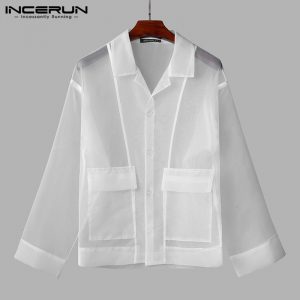Why Biophilic Design Interiors Matter
Biophilic design interiors have gained significant attention in recent years due to their many benefits for both individuals and the environment. This sustainable approach to designing and decorating spaces seeks to reconnect people with nature while reducing the ecological footprint of the built environment.
Improved Well-being and Mental Health
One of the key benefits of biophilic design interiors is their positive impact on human well-being and mental health. Studies have shown that exposure to nature, whether directly or indirectly through elements such as natural light, greenery, and imagery, can reduce stress, improve mood, increase productivity, and enhance overall cognitive function.
Increased Productivity and Creativity
Biophilic design has been proven to boost productivity and creativity in various settings, including workplaces, educational institutions, and creative spaces. Introducing elements like indoor plants, biophilic patterns, and materials inspired by nature into these environments can foster a sense of calm, inspire innovative thinking, and promote concentration and focus.
Enhanced Air Quality and Ventilation
Biophilic design principles often involve incorporating natural ventilation strategies and choosing low-emission materials. By optimizing air circulation, reducing pollutants, and creating healthier indoor environments, biophilic interiors contribute to improved air quality and can help mitigate the negative impacts of air pollution on human health.
Lower Energy Consumption
Another advantage of biophilic design interiors is their potential for reducing energy consumption. By capitalizing on natural light, incorporating energy-efficient lighting systems, and utilizing passive heating and cooling techniques, these sustainable spaces can result in decreased reliance on artificial lighting, heating, and cooling, leading to a significant reduction in energy usage and associated costs.
FAQs
What is biophilic design?
Biophilic design is an innovative approach that aims to connect people with nature through the built environment. It involves incorporating natural elements, patterns, and materials into interior spaces to enhance human well-being, productivity, and sustainability.
What are some common elements of biophilic design interiors?
Common elements of biophilic design interiors include large windows providing natural light, indoor plants and living walls, water features, natural materials like wood and stone, nature-inspired artwork and images, and biophilic patterns found in textiles, wallpapers, and flooring.
Can biophilic design be applied to different types of spaces?
Yes, biophilic design can be applied to various spaces, including homes, offices, educational institutions, healthcare facilities, retail environments, and public spaces. The principles of biophilic design can be adapted to suit different contexts and requirements.
How can biophilic design interiors contribute to sustainability?
Biophilic design interiors contribute to sustainability by reducing the ecological footprint of the built environment. They promote energy efficiency, utilize eco-friendly materials, improve indoor air quality, and encourage a deeper connection with nature. By creating healthier and more sustainable spaces, biophilic design supports the long-term well-being of both individuals and the environment.




